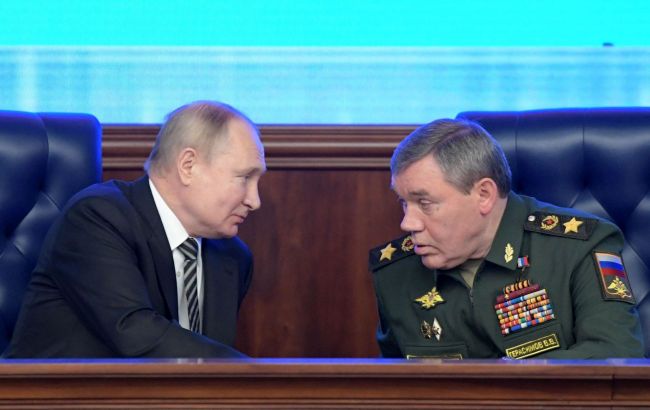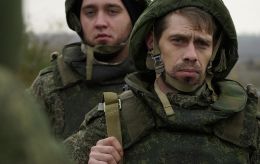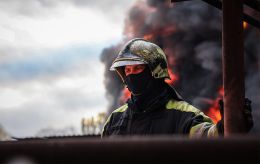Top Russian officer lies to Putin about frontline situation - Reuters
 Gerasimov lies about the situation on the front (Illustrative photo: Getty Images)
Gerasimov lies about the situation on the front (Illustrative photo: Getty Images)
Russian forces claim advances on all fronts in Ukraine, but Ukrainian sources report localized defensive successes. Both sides are preparing for further clashes, reports Reuters.
Presidential and military agencies from both countries continue to provide conflicting information about the course of fighting in eastern Ukraine.
Information from Russia
On Wednesday, September 17, the Russian Ministry of Defense reported that General Valery Gerasimov, Chief of the Russian Armed Forces General Staff, visited front-line positions and stated that Moscow’s forces were making progress across almost all directions.
According to him, the heaviest clashes are taking place near Krasnoarmeisk (the Soviet-era name for Pokrovsk), where Ukrainian units are trying, unsuccessfully, to halt the advance.
The Russian general also mentioned troop movements to the west, in Zaporizhzhia and Dnipropetrovsk regions, and to the north, toward Kupiansk and Yampil, where fighting is ongoing and infrastructure is being damaged.
Information from Ukraine
Meanwhile, Ukrainian officials and President Volodymyr Zelenskyy note only limited gains by the enemy on the front. In an interview with Sky News, Zelenskyy stated that despite anticipating new Russian attacks, the last three offensive operations by Russia have not produced significant results, although Kyiv is preparing for potentially larger-scale assaults.
Ukrainian commanders report that their forces repelled the offensive near Pokrovsk, and open-source data, such as from the military blog DeepState, records localized successes of Ukrainian defense in neighboring areas. Near Kupiansk, a Russian advance attempt reportedly resulted in some enemy forces being captured, according to Ukrainian Armed Forces representatives.
The frontline remains tense: Russian claims of progress are met with skepticism, while Ukraine documents local counterattacks and reinforcement of defensive positions.
Both sides are preparing for potential new offensives, indicating that fighting will continue, and constant monitoring of the situation in eastern Ukraine remains necessary.
Meanwhile, Ukraine’s Ministry of Finance has assessed the war’s impact on state-owned enterprises and the national budget, presenting three possible economic scenarios reflecting different levels of conflict consequences and the resilience of the financial system.
US Treasury Secretary Scott Bessent noted that the conflict in Ukraine could end within 60–90 days if Europe implements substantial secondary tariffs on countries purchasing Russian oil.

